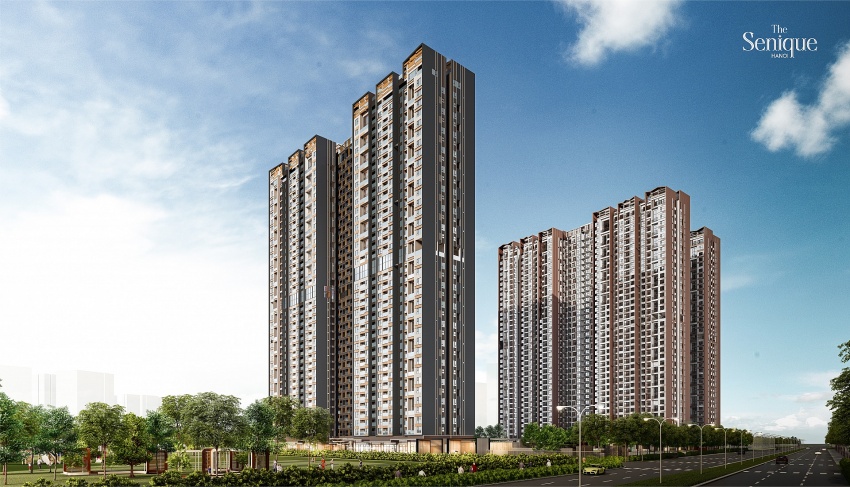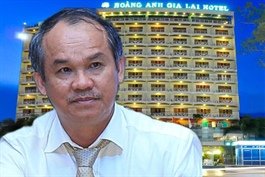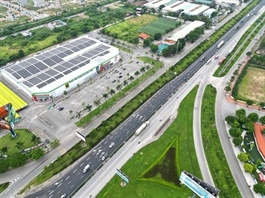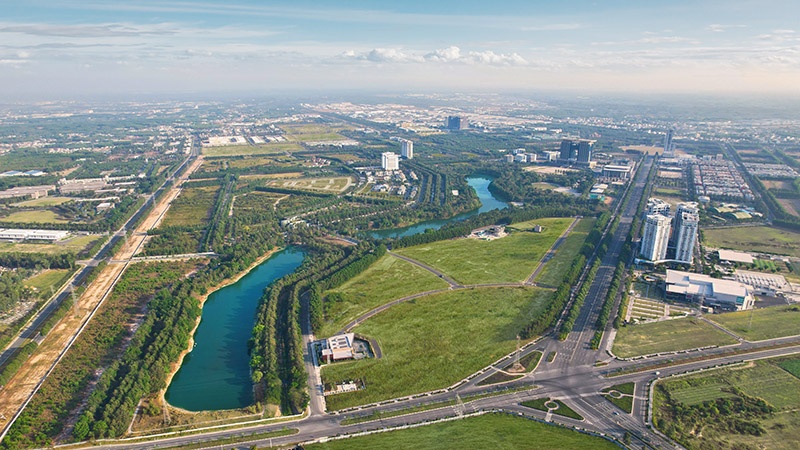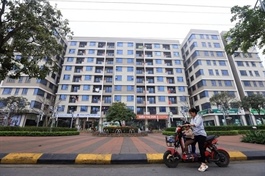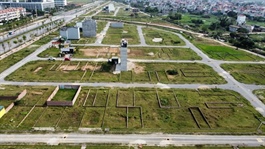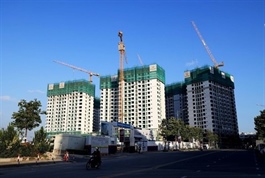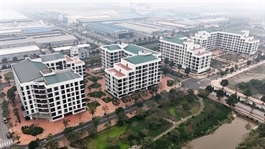Mixed opinions on the increase in the lending rate for social housing buyers
Mixed opinions on the increase in the lending rate for social housing buyers
There are mixed opinions on the recent increase in the lending rate for social housing buyers by the Vietnam Bank for Social Policies (VPSP), for both existing and new loans.
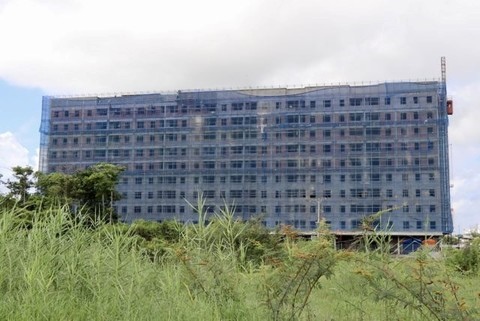
A social housing project under construction in An Giang Province. A combination of solutions is needed to promote the development of social housing projects, including attractive policies for both developers and buyers. — VNA/VNS Photo Than Sang |
The bank announced that the lending rate for social housing purchases and home repairs is increasing from 4.8 per cent to 6.6 per cent per year, applied for both existing and new loans following Government Decree No 100 about social housing development and management of the Law on Housing, which took effect at the beginning of August.
Accordingly, the lending rate for social hosing purchases and home repairs is equal to the lending rate for the poorer households fixed by the Prime Minister for each period, or 6.6 per cent currently.
Many borrowers are worried.
Mai Thu who lives in Hà Nội said that when the lending rate is increased from 4.8 per cent to 6.6 per cent per year, her family will have to pay an additional sum worth of around VNĐ10 million per year for their loan of VNĐ800 million at VBSP.
This is a significant amount for her family, which has a monthly income of around VNĐ20 million, she said. Thu is also worried about further increases in the lending rate in the future, while other daily costs keep increasing.
It is estimated that with the rate of 6.6 per cent per year, the interest for a loan of VNĐ800 million is around VNĐ52.8 million per year, meaning that the borrower must pay around VNĐ6.8-7.8 million per month for both principal and interest over 15-20 years.
Lê Hoàng Châu, President of HCM City Real Estate Association, said that the application of the lending rate of 6.6 per cent from August 1 is not appropriate for social housing purchase loans, adding that the rate is even higher than the 5 per cent lending rate of the previous VNĐ30 trillion social housing stimulus package.
The common lending rate for social housing purchases in other countries is around three per cent per year, he said. The Government is also expected to lower the lending rate for social housing purchases to 4.5-5 per cent per year.
The lending rate should be put into consideration and kept the same at 4.8 per cent for existing loans at VBSP to support home buyers who are struggling with rising daily living costs, Châu said.
Although the lending rate of 6.6 per cent per year is an effort of the bank, it is a burden on couples whose total incomes are below VNĐ30 million per month, Nguyễn Quốc Hiệp, director of the Global Real Estate Investment Joint Stock Company said.
The Government’s goal of developing one million social housing apartments can be achieved by 2030 or not depends largely on the support policies, including credit incentives, Hiệp said.
The rate must be at the levels that home borrowers can afford, he said, pointing out that the rate of 5 per cent is reasonable.
According to Nguyễn Quốc Hùng, Deputy President of Việt Nam Banks Association, the policy to support interest rates on loans for social housing purchases is based on the capacity of the State budget. There will be reasons for the increase, he added.
Cấn Văn Lực, a senior economist at BIDV, said that borrowers expect low rates, but the rates must be based on many factors. The lending rate of 6.6 per cent is now equivalent to two thirds of the commercial lending rate in the market and can be adjusted following the market.
There should be a roadmap for the increase, Nguyễn Văn Đính, an industry insider, said, adding that the increase should be first applied for new loans, rather than existing loans.
From a different perspective, economic expert Đinh Trọng Thịnh said that the increase in the lending rate is not as important as boosting social housing supply.
Việt Nam is aiming to develop one million social housing apartments by 2030, but the policies to encourage the development of such projects have not been effective enough.
In another move, the State Bank of Việt Nam proposed lending rates for homebuyers who borrow from the VNĐ120 trillion (US$4.72 billion) social housing credit package, 3-5 percentage points lower than the average.
If the proposal is approved, the lending rate for social housing buyers will be around 6 per cent per year.
The proposal has been made to accelerate the disbursement of the VNĐ120 trillion social housing credit package which is stagnant.
Statistics showed that only VNĐ1.34 trillion from the package have been disbursed, including nearly VNĐ1.3 trillion for developers of 12 projects and VNĐ49 billion for buyers at five projects.
A combination of solutions is needed to promote the development of social housing projects, including attractive policies for both developers and buyers, economist Nguyễn Trí Hiếu said.



